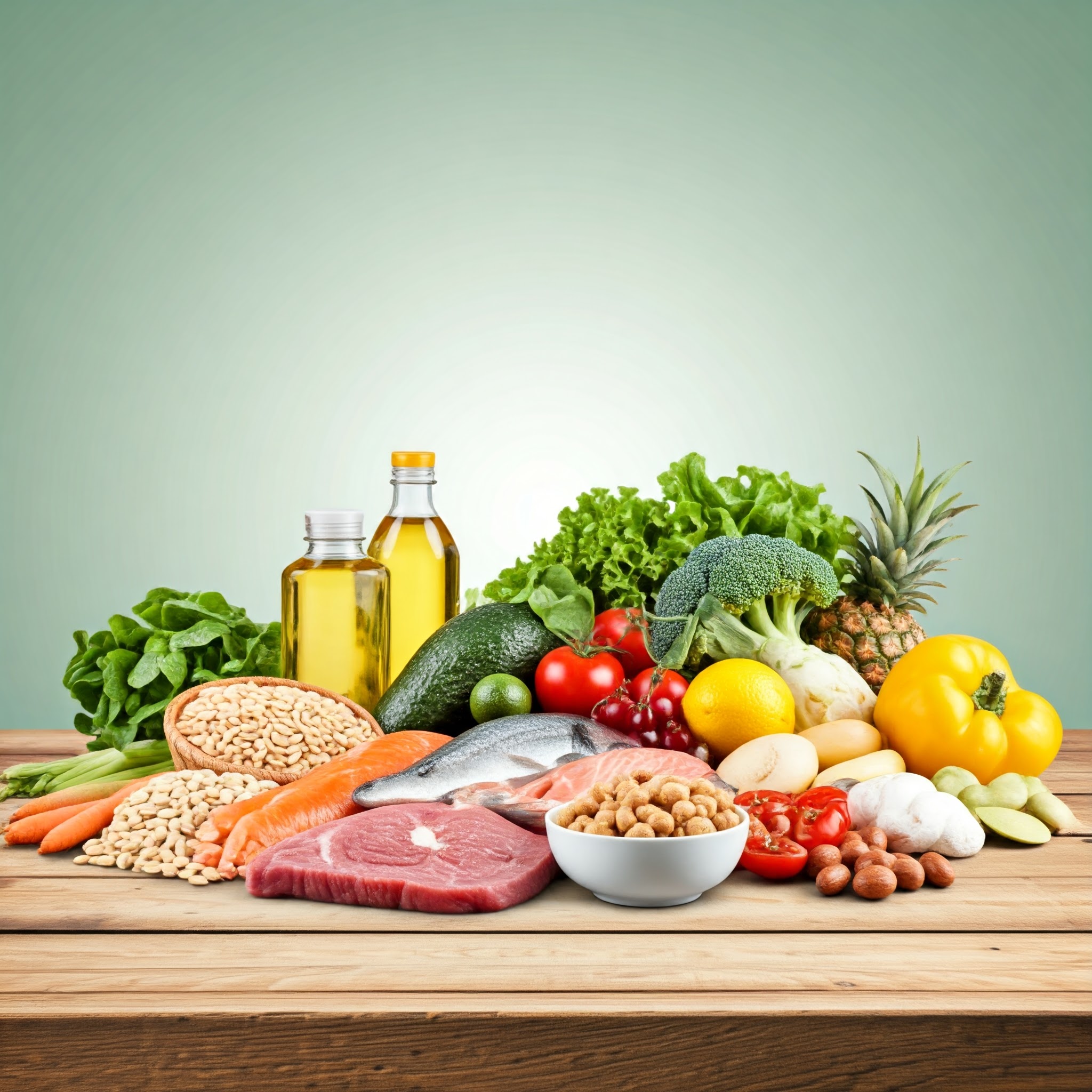The FAO Food Price Index* (FFPI) stood at 120.7 points in August 2024, marginally down from its revised figure for July, as decreases in the price indices for sugar, meat and cereals outweighed increases in those for vegetable oils and dairy products. Compared to historical levels, the FFPI in August averaged 1.1 percent lower than its corresponding value one year ago and 24.7 percent below its peak of 160.3 points reached in March 2022.
» The FAO Cereal Price Index averaged 110.1 points in August, down 0.6 points (0.5 percent) from July and 14.9 points (11.9 percent) from its August 2023 value. Global wheat export prices fell month-on-month, reflecting a sluggish international demand and strong competition among exporters, especially from competitively priced Black Sea supplies. Higher-than-previously-expected wheat production in Argentina and the United States of America also contributed to the softer price tone. By contrast, world maize prices firmed slightly, mostly underpinned by concerns over the impact of heatwaves on yields in the European Union and parts of the United States of America. Tighter domestic supplies in Ukraine, with a downward revision to the country’s production forecast, also provided support. Among other coarse grains, world prices of barley fell while those of sorghum increased. The FAO All Rice Price Index increased by 0.6 percent in August, as the quotations for non-Indica rice increased somewhat under the influence of seasonal tightness and currency appreciations of some exporting countries against the United States dollar.
» The FAO Vegetable Oil Price Index averaged 136.0 points in August, up 1.0 point (0.8 percent) month-on-month and attaining the highest level since January 2023. The marginal increase primarily reflected higher world palm oil prices, more than offsetting lower soy, sunflower and rapeseed oil quotations. International palm oil prices rose for the third consecutive month. Despite strengthening seasonally, the output in Indonesia remained below its full potential, providing support to global prices. Conversely, international soyoil prices declined, mainly influenced by prospects of ample global soybean production in the 2024/25 season. Meanwhile, after rising for multiple months, world prices of sunflower and rapeseed oils also dropped, largely reflecting, respectively, a slowdown in global demand and a seasonal rapeseed harvest pressure in Canada.
» The FAO Dairy Price Index averaged 130.6 points in August, up 2.8 points (2.2 percent) from July and standing 16.3 points (14.2 percent) above its corresponding value a year ago. International price quotations for all dairy products increased in August, with those of whole milk powder rising the most due to a surge in import demand for spot supplies and tight inventories in major producing regions. International butter and skim milk powder prices increased, with butter quotations reaching an all-time high, underpinned by increased demand for near- and long-term deliveries and some uncertainty over the adequacy of milk supplies in Western Europe, despite drops in Oceania price quotations on account of softer demand and expectations for milk supplies to increase seasonally. Meanwhile, world cheese prices increased, driven by limited inventories and lighter cheese production in Europe, coupled with increased global import demand.
» The FAO Meat Price Index* averaged 119.5 points in August, down 0.9 points (0.7 percent) from July, but still standing 4.3 points (3.7 percent) above its corresponding value last year. International price quotations for poultry meat fell in August, reflecting the lingering effects of the Newcastle disease-related voluntary export suspension on Brazilian price quotations, despite the Government declaring an end to the outbreak one week after its announcement. World pig meat prices decreased for the second consecutive month due to lacklustre import demand amidst ample exportable availabilities in major producing regions. Following three months of steep increases, international ovine meat prices declined marginally in August, owing to a slowdown in import purchases, especially by China. By contrast, world bovine meat prices increased slightly due to the influence of the seasonally falling supplies of animals for slaughter in Oceania.
» The FAO Sugar Price Index averaged 113.9 points in August, down 5.7 points (4.7 percent) from July and as much as 34.3 points (23.2 percent) from its value a year ago, reaching its lowest level since October 2022. The decline in August was mainly driven by the improving production outlook for the 2024/25 season in Thailand and India, following favourable rainfall that benefited sugarcane crops. In addition, lower international crude oil prices exerted further downward pressure on sugar prices. However, in late August, concerns over the impact of fires on sugarcane fields in key growing areas of Brazil, along with reports of lower-than-expected sugar production in the first half of the month, underpinned sharp increases in global sugar prices, which contained the overall month-on-month decline.
Source: FAO Food Index
Legal Notice: The information in this article is intended for information purposes only. It is not intended for professional information purposes specific to a person or an institution. Every institution has different requirements because of its own circumstances even though they bear a resemblance to each other. Consequently, it is your interest to consult on an expert before taking a decision based on information stated in this article and putting into practice. Neither Karen Audit nor related person or institutions are not responsible for any damages or losses that might occur in consequence of the use of the information in this article by private or formal, real or legal person and institutions.






